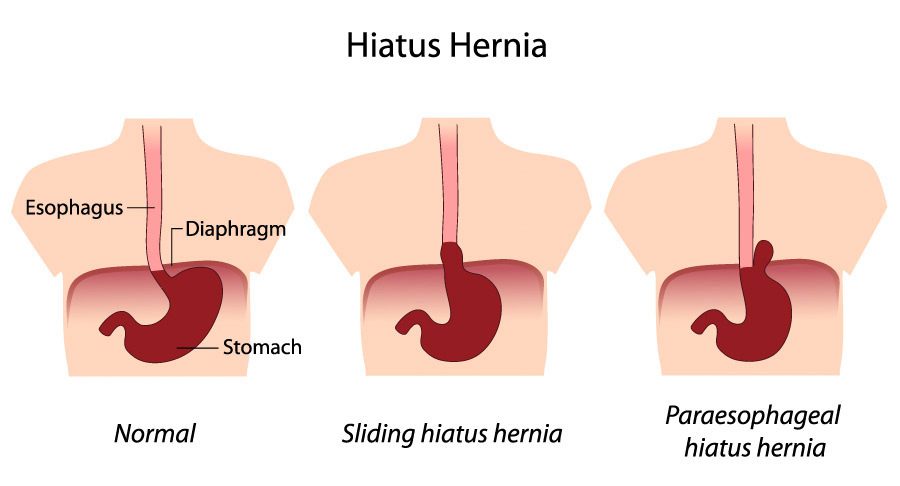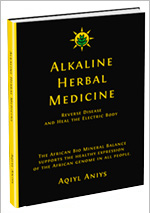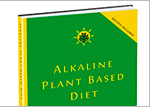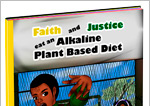Lack Of Fiber And Hiatal Hernia Feeding Your Acid Reflux

Consuming a lack of fiber can lead to straining to poop, which can lead to the development of hiatal hernias. Hiatal hernias result in and intensify acid reflux and heartburn. Twenty percent of American adults have hiatal hernias.[1]
 Image Credit: Dr. Greger — You have to love him!
Image Credit: Dr. Greger — You have to love him!Hiatal hernias occur when part of the stomach is pushed up through the diaphragm into the chest cavity. Two types of hiatal hernias are sliding hiatal hernias, which occurs when the stomach slides up into the esophagus, and paraesophageal hiatal hernias, which occurs when part of the stomach is pushed up through the diagram and sits next to the esophagus. Both types of hernias bring stomach acid into the esophagus causing acid reflux and heartburn.
Straining to pass hardened stool causes the abdominal muscles to put excess squeezing pressure on the stomach and over time pushes the stomach up into the chest cavity and the esophagus. Diets containing a lack of fiber are implicated in the development of hiatal hernias, and people who consume a western diet have a greater risk of developing hiatal hernias, acid reflux, and heartburn.
People who consumed a high fiber plant-based diet passed stool that was three to four times longer, and softer than the stool of people who didn’t, which protected them against hiatal hernias. For example, only one in one-thousand Kenyans who lived in rural areas and who consumed mainly a plant-based diet had hiatal hernias, four in one thousand Nigerians, and one in 700 Tanzanians. This is compared to twenty percent of American’s who eat a Western diet and have hiatal hernias.
Eating a high fiber plant-based diet appears to be a way to avoid hiatal hernias, acid reflux, and heartburn.
[1] DP Burkitt. Hiatus hernia: is it preventable? Am J Clin Nutr. 1981 Mar;34(3):428-31.
Tags: diverticulosis






